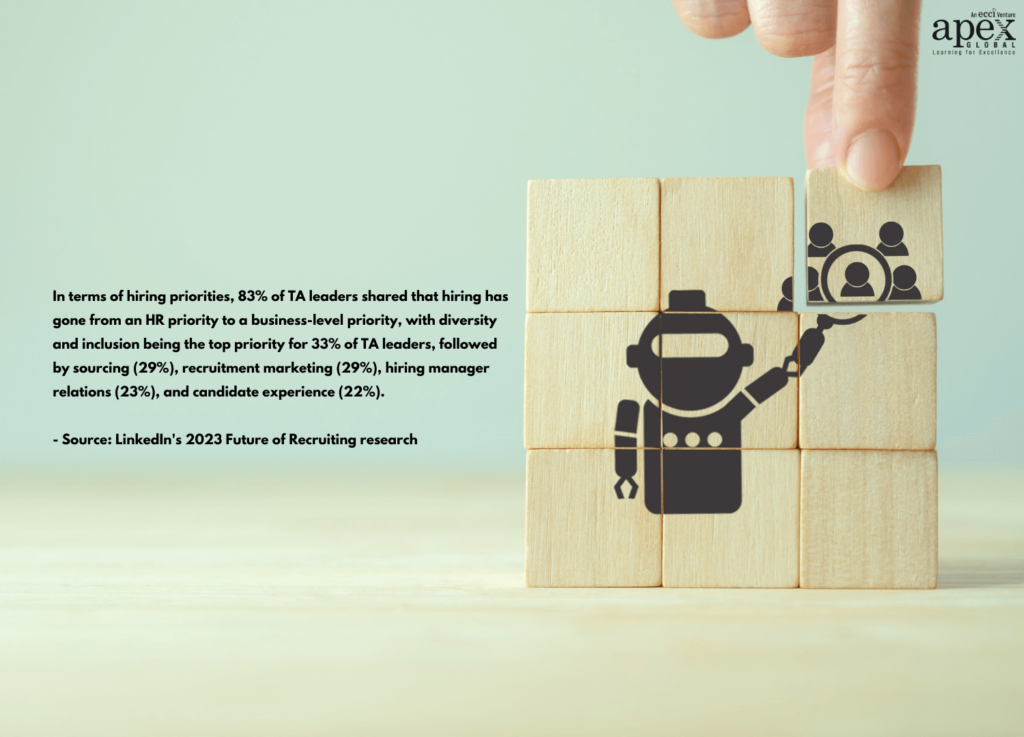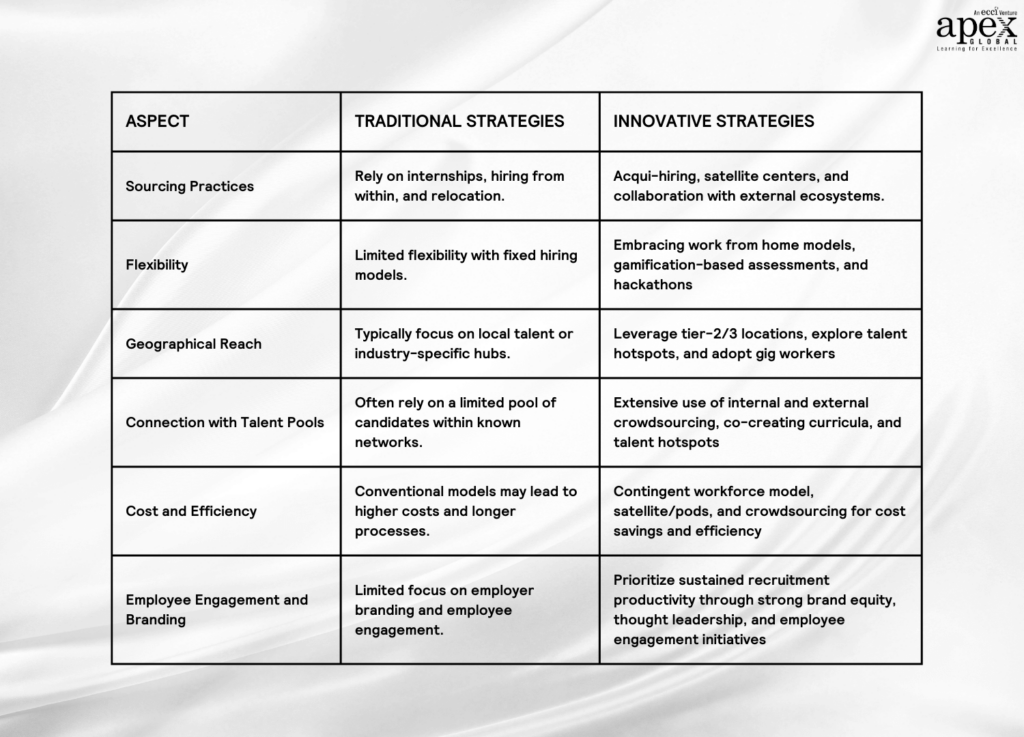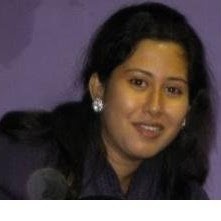“Sa trabaho, tulungan ang isa’t isa.”(At work, Help each other)
In the Philippines, this saying embodies the spirit of unity, resilience, and, most importantly, empathy that defines the nation. As the archipelago faces the challenges of a shifting job market, businesses are reimagining talent acquisition strategies to carry forward this empathic vein. The traditional methods, once steadfast like the trade winds, are giving way to innovative approaches that reflect the unique geopolitical landscape of the Pearl of the Orient.
This exploration of talent acquisition in the Philippines unveils groundbreaking strategies and bold initiatives, navigating the archipelago’s diverse talent pool with an eye on both tradition and transformation.

When opportunity knocks, smart companies don’t just open the door; they redesign it. Today, we dive into the vibrant landscape of talent acquisition, where tradition takes a back seat. Tier-2/3 cities, gig workers, and crowdsourcing redefine the hiring game. Join us as we unveil the essence of Filipino workforce evolution.
What you'll find in this article [hide]
- 1 Traditional vs. Innovative Strategies: Sailing Through a Sea of Change
- 2 Navigating the Archipelago of Talent: A Comprehensive Framework
- 3 Learning from HR Masters: A Glimpse into the New Normal of Talent Acquisition
- 4 The Future Unfurls: Harnessing the Winds of Change
- 5 Conclusion: Sailing Towards Success
Traditional vs. Innovative Strategies: Sailing Through a Sea of Change
Traditional Talent Sourcing Strategies: In the past, businesses in the Philippines relied on conventional methods—internships, hiring from within the same industry, and relocation of talent. However, the shifting job market demands a departure from the ordinary.
Innovative Talent Sourcing and Acquisition Strategies: Today, organizations are setting sail towards innovative strategies. Acqui-hiring through mergers and acquisitions, establishing satellite centers, and fostering collaboration with external ecosystems have become the new guiding stars. The adoption of work-from-home or work-from-anywhere models, gamification-based screening assessments, hackathons, and co-creating curricula with educational institutions are emerging as powerful tools to attract diverse talent.

Navigating the Archipelago of Talent: A Comprehensive Framework
In this odyssey, a comprehensive framework emerges but from the inherent needs of organizations navigating the Filipino talent market. Here’s how businesses are navigating the archipelago:
Leverage tier-2/3 locations:
– Bacolod, Cebu, Davao, Iloilo, and Pampanga (Angeles City, Metro Clark):
– Lower operations costs: Costs in tier-2/3 cities are 10-20% lower compared to a typical tier-1 city because of lower salaries and facility-related expenses.
– Better work-life balance: Tier-2/3 cities provide a decent alternative because employees don’t need to travel to tier-1 cities for employment. The growing adoption of the long-term WFH model may also increase the pool of tenured IT talent operating from these locations.
– Reduced risk: Tier-2/3 locations can act as Business Continuity Planning (BCP) locations to tier-1 locations, providing opportunities to diversify delivery location risk.
– Lower human capital costs: Multiple tier-2/3 cities offer a large, untapped talent pool with relevant skills, providing scalability and the potential to reduce people costs.
– Greater retention: Attrition rates in tier-2/3 locations are 10-15% lower than in tier-1 locations, translating into better service delivery and lower hiring and training costs.
Adopt the contingent workforce model:
– Using contingent workers such as freelancers, independent contractors, consultants, or other non-permanent workers offers cost savings, increased flexibility, and caters to workers’ changing preferences. This trend is growing with 36% of enterprises classifying more than 16% of their workforce as contingent workers.
Increase the use of gig workers:
– Accessing next-generation skills in locations where companies do not have a physical presence for short-term assignments, tasks, or jobs.
Establish satellites/pods:
– Setting up small-scale (less than 50 full-time equivalent employees) or sub-scale centers, typically within a shared workspace to tap into new locations. Additionally, these arrangements enhance access to scarce talent and aid in Business Continuity (BCP) goals, provide a platform for possible collaboration, Centers of Excellence (CoEs), and offer flexible workspaces.
Adopt internal and external crowdsourcing:
– Leveraging social media and networks to spread the word about job availability. Crowdsourcing across companies has been on the rise.
Explore talent hotspots:
– Establishing a presence in emerging talent hotspots (e.g., Israel, Lithuania, Egypt) to access next-gen skills.
Learning from HR Masters: A Glimpse into the New Normal of Talent Acquisition

As the archipelago grappled with the challenges brought by the COVID-19 pandemic, HR leaders in the Philippines shared their insights. Jun Abo, known as the “Fairy Job Father,” emphasized the significance of engaging content in the future of hiring. His advice? Invest in digital marketing, tap into the vast online community, and differentiate by showcasing company culture over signing bonuses.
Judith Tubil, Foodpanda’s Head of Human Resources, echoed the importance of sustained recruitment productivity attributed to strong brand equity. In a fast-paced and dynamic environment, where delivery demands tripled during the lockdown, having extremely competent recruiters, a streamlined recruiting process, and functional technology became paramount.
Brent Denning, Salarium’s Chief Operating Officer, provided a C-level executive perspective. He highlighted the three approaches businesses are adopting during these challenging times: Defensive, Aggressive, and Progressive. The key, according to Brent, is for HR to lead, make strategies for each phase of the pandemic, and be quick in implementation.
The Future Unfurls: Harnessing the Winds of Change
As the Philippines navigates the turbulent seas of talent acquisition, a promising future unfurls on the horizon. The integration of innovative strategies, guided by the inherent needs of organizations, is reshaping the way businesses connect with the diverse talent pool in this archipelagic nation.
The shift towards digital engagement, the embrace of remote work models, and the recognition of untapped talent in tier-2/3 cities are not just strategies; they are the lifeblood of a new era in talent acquisition. The agility to adapt, the wisdom to leverage technology, and the commitment to employee well-being form the anchor that grounds businesses in these ever-changing waters.

In the Filipino spirit of “bayanihan,” where communities come together to overcome challenges, organizations in the Philippines are weaving a tapestry of talent that reflects diversity, resilience, and innovation. The story of talent acquisition in the Philippines is not just a narrative of finding the right people; it is a testament to the adaptability and ingenuity that define the Filipino professional landscape.
Conclusion: Sailing Towards Success
“When the going gets tough, the tough get hired.” Take this wisdom with you as you carve out your team’s destiny. Embrace the ongoing transformation, for it is in the fluidity of innovation that the genuine essence of talent acquisition unfolds. In the professional narrative of Filipino workplaces, each adjustment tells a tale of resilience, diversity, and victory—not just about hiring but about shaping an agile legacy in the constantly evolving sphere of employment.


